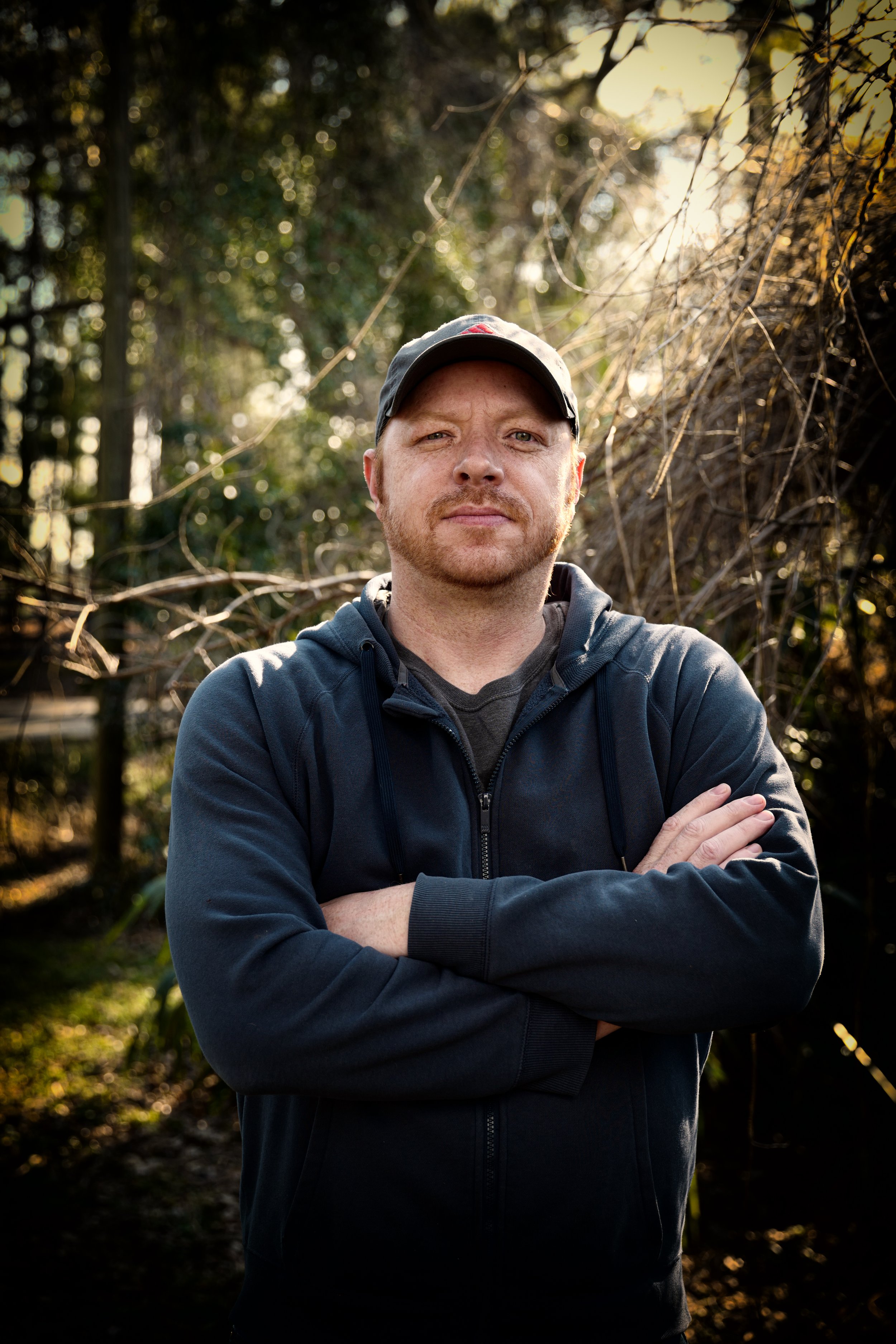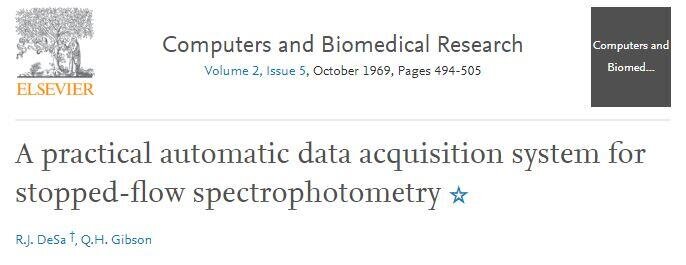Some Ideas on Circularly Polarized Luminescence You Should Know

Branch of spectroscopy Table-top spectrophotometer Beckman IR-1 Spectrophotometer, ca. 1941 Beckman Model DB Spectrophotometer (a double beam model), 1960 Hand-held spectrophotometer used in graphic industry Spectrophotometry is a branch of electromagnetic spectroscopy worried about the quantitative measurement of the reflection or transmission homes of a material as a function of wavelength.
Spectrophotometry is most frequently used to ultraviolet, noticeable, and infrared radiation, modern-day spectrophotometers can question large swaths of the electro-magnetic spectrum, consisting of x-ray, ultraviolet, visible, infrared, and/or microwave wavelengths. Spectrophotometry is a tool that hinges on the quantitative analysis of particles depending upon just how much light is soaked up by colored substances.
Examine This Report on Uv/vis
A spectrophotometer is typically utilized for the measurement of transmittance or reflectance of options, transparent or nontransparent solids, such as sleek glass, or gases. Although numerous biochemicals are colored, as in, they take in noticeable light and for that reason can be determined by colorimetric procedures, even colorless biochemicals can typically be transformed to colored compounds appropriate for chromogenic color-forming responses to yield compounds ideal for colorimetric analysis.: 65 Nevertheless, they can likewise be designed to measure the diffusivity on any of the noted light ranges that usually cover around 2002500 nm using different controls and calibrations.
An example of an experiment in which spectrophotometry is utilized is the decision of the equilibrium constant of an option. A particular chain reaction within a solution might occur in a forward and reverse instructions, where reactants form items and items break down into reactants. At some point, this chemical response will reach a point of balance called a stability point.
Some Known Facts About Circularly Polarized Luminescence.
The quantity of light that goes through the solution is a sign of the concentration of specific chemicals that do not enable light to go through. The absorption of light is due to the interaction of light with the electronic and vibrational modes of molecules. Each type of particle has a specific set of energy levels associated with the makeup of its chemical bonds and nuclei and therefore will soak up light of particular wavelengths, or energies, resulting in special spectral properties.
Making use of spectrophotometers covers different scientific fields, such as physics, products science, chemistry, biochemistry. UV/Vis/NIR, chemical engineering, and molecular biology. They are widely utilized in many industries including semiconductors, laser and optical manufacturing, printing and forensic assessment, as well as in labs for the research study of chemical compounds. Spectrophotometry is frequently used in measurements of enzyme activities, decisions of protein concentrations, determinations of enzymatic kinetic constants, and measurements of ligand binding reactions.: 65 Eventually, a spectrophotometer has the ability to identify, depending upon the control or calibration, what compounds are present in a target and exactly how much through calculations of observed wavelengths.
Created by Arnold O. Beckman in 1940 [], the spectrophotometer was developed with the help of his colleagues at his company National Technical Laboratories founded in 1935 which would end up being Beckman Instrument Business and ultimately Beckman Coulter. This would come as an option to the formerly developed spectrophotometers which were not able to take in the ultraviolet correctly.
Circular Dichroism Can Be Fun For Anyone
It would be found that this did not offer satisfying results, therefore in Model B, there was a shift from a glass to a quartz prism which enabled for better absorbance outcomes - UV/Vis (https://dzone.com/users/5082179/olisclarity1.html). From there, Design C was born with an adjustment to the wavelength resolution which ended up having 3 systems of it produced
It was produced from 1941 to 1976 where the price for it in 1941 was US$723 (far-UV accessories were a choice at extra expense). In the words of Nobel chemistry laureate Bruce Merrifield, it was "most likely the most important instrument ever established towards the advancement of bioscience." Once it became discontinued in 1976, Hewlett-Packard created the first commercially readily available diode-array spectrophotometer in 1979 called the HP 8450A. It irradiates the sample with polychromatic light which the sample absorbs depending on its properties. Then it is transferred back by grating the photodiode variety which finds the wavelength region of the spectrum. Considering that then, the creation and implementation of spectrophotometry devices has actually increased tremendously and has actually become one of the most ingenious instruments of our time.

The Definitive Guide to Uv/vis/nir
Historically, spectrophotometers use a monochromator including a diffraction grating to produce the analytical spectrum. The grating can either be movable or repaired. If a single detector, such as a photomultiplier tube or photodiode is used, Find Out More the grating can be scanned stepwise (scanning spectrophotometer) so that the detector can determine the light strength at each wavelength (which will correspond to each "action").
In such systems, the grating is fixed and the strength of each wavelength of light is determined by a different detector in the variety. When making transmission measurements, the spectrophotometer quantitatively compares the fraction of light that passes through a recommendation solution and a test service, then digitally compares the strengths of the 2 signals and computes the percentage of transmission of the sample compared to the recommendation requirement.

Comments on “Not known Details About Circularly Polarized Luminescence”